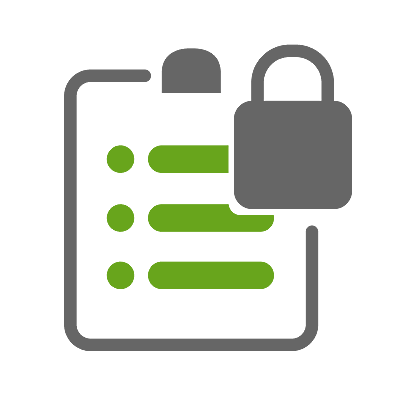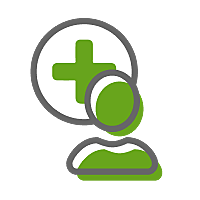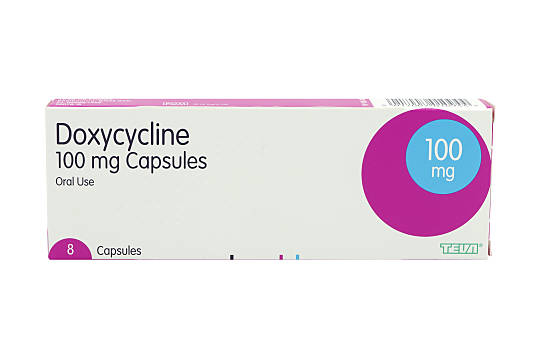Chlamydia Symptoms in Men and Women

Medically reviewed by
Dr Kathryn BasfordLast reviewed: 01 Jul 2022
Chlamydia is a common sexually transmitted infection (STI) for both men and women. Many people do not have symptoms but if you do, you may get unusual discharge and pain when peeing. If you think you have chlamydia, you should take a chlamydia test. You will need to be treated with antibiotics. The recommended treatment for chlamydia is an antibiotic called doxycycline.
How can you tell if you have chlamydia?
It can be difficult to tell if you have chlamydia as most people do not get symptoms. You may think you have chlamydia if your sexual partner has told you they have it, but the only way to know for sure is to get a test. If you do have chlamydia symptoms, you should get tested to find out if it is chlamydia or something else.
from £29.99
from £31.50

No results found.
Please check your spelling or try another treatment name.
What are the symptoms of chlamydia?
Many people who have chlamydia (both men and women) do not know they have it. Chlamydia does not always cause symptoms, which is why it is important to get regular STI testing if you change sexual partners. The most common symptoms include pain when peeing and unusual discharge. Some symptoms are different in men and women.
Chlamydia symptoms in men
Chlamydia symptoms in men include:
- pain when peeing
- pain and swelling in your testicles
- unusual white, watery, or cloudy discharge from the tip of your penis
- burning or itching in your urethra (the tube that carries urine from your body)
At least 50% of men who have chlamydia do not notice any symptoms.
Chlamydia symptoms in women
Chlamydia symptoms in women include:
- pain when peeing
- unusual discharge from your vagina
- pain in your stomach
- pain during sex
- bleeding after sex or between periods
At least 70% of women who have chlamydia do not notice any symptoms.
When do chlamydia symptoms start to show?
If you get chlamydia symptoms, these appear around 1 to 3 weeks after being infected with chlamydia. Sometimes symptoms develop much later, such as several months after having sex. Symptoms can sometimes go away on their own after a few days but you can still pass chlamydia on with no symptoms.
How long do chlamydia symptoms last?
Chlamydia symptoms are different for every person. If you have chlamydia symptoms, they should go away within 2 to 4 weeks. Some people may get symptoms that go away on their own after a few days. Once you start chlamydia treatment, your symptoms should start to improve within a few days.
How long can you have chlamydia without knowing?
As chlamydia does not always cause symptoms, you could have chlamydia for any length of time without knowing. If you have untreated chlamydia, it could cause serious health problems. It is recommended to take an STI test at least once a year if you are under 25 and have changed sexual partners.
What happens if chlamydia is left untreated?
Women with untreated chlamydia are at risk of the infection spreading to their womb and causing pelvic inflammatory disease (PID). This could cause infertility and ectopic pregnancy. Men with untreated chlamydia could get swelling in their testicles and epididymis, which is the tube that carries your sperm from your testicles. This can also affect your fertility.
How to test for chlamydia
If you think you have chlamydia or have changed sexual partners, you can take an STI test at home or visit an STI clinic. You can get tested whether you have symptoms or not. To get a test at your local STI clinic, you should check online to see if you need to book an appointment or if they have a walk in service. You may have to wait a few hours.
You can also test for chlamydia by using a home chlamydia test kit. If you are a woman, this involves taking a swab of your vagina. If you are a man, you will collect a pee sample. You can then send your samples to a lab via post and you should get your results within 3 to 7 days.
Some pharmacies and GP services offer free chlamydia screening as part of the National Chlamydia Screening Programme (NCSP). You may also be able to get a chlamydia test at your local pharmacy, but you should check with them first.
How to treat chlamydia
Chlamydia is treated with antibiotics, as this can kill the infection and relieve symptoms if you have any. The recommended chlamydia treatment is doxycycline, which is an antibiotic used to treat infections such as chlamydia. Doxycycline can stop the spread and growth of bacteria.
Doxycycline comes in 100mg tablets which should be taken twice a day, for 7 days. You should swallow the tablets whole, with a glass of water. You should take your tablets 12 hours apart, such as in the morning and before you go to bed.
from £14.99

No results found.
Please check your spelling or try another treatment name.
Can symptoms come back after treatment?
Doxycycline is 95 to 100% effective, as long as you take it correctly. Your symptoms may come back if your antibiotics did not work or you did not take them correctly. You should speak to your doctor straight away if you have finished your treatment and your symptoms come back or do not go away.
You may have caught chlamydia again, which is why it is important to not have sex until you and your sexual partner have finished your treatment course.

Dr Kathryn Basford is a qualified GP who works as a GP in London, as well as with ZAVA. She graduated from the University of Manchester and completed her GP training through Whipps Cross Hospital in London.
Meet our doctorsArticle created: 01 Jul 2022
Last reviewed: 01 Jul 2022
-
Chlamydia, NHS [accessed June 2022]
-
Doxycycline, NICE/BNF [accessed June 2022]
-
Chlamydia symptoms, NHS [accessed June 2022]
-
Chlamydia, Sexwise.org [accessed June 2022]
Bacterial infections of chlamydia need to be treated with antibiotics. Asda Online Doctor by ZAVA offers a range of these through a fast and discreet service.




(Reviews are for ZAVA UK)


GMC: 7074021

GMC: 6149061

GMC: 7085115










